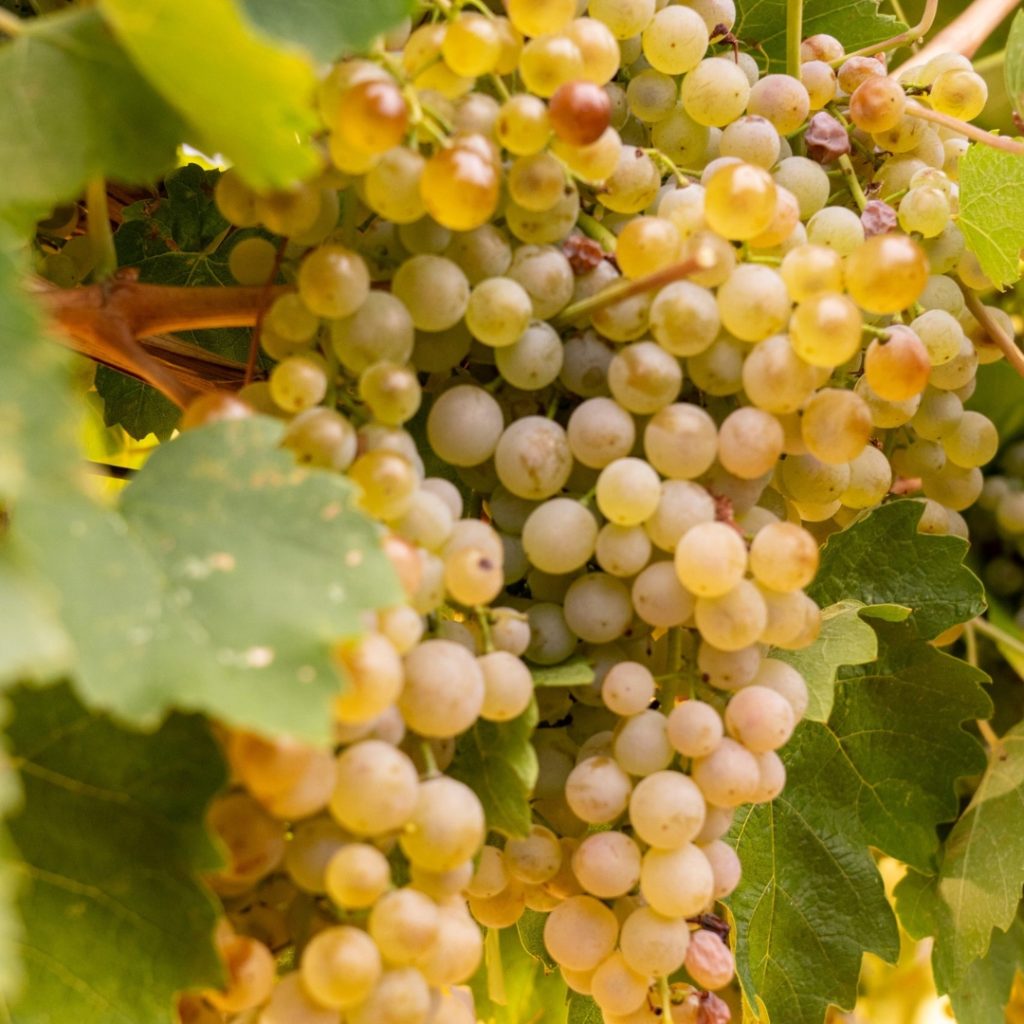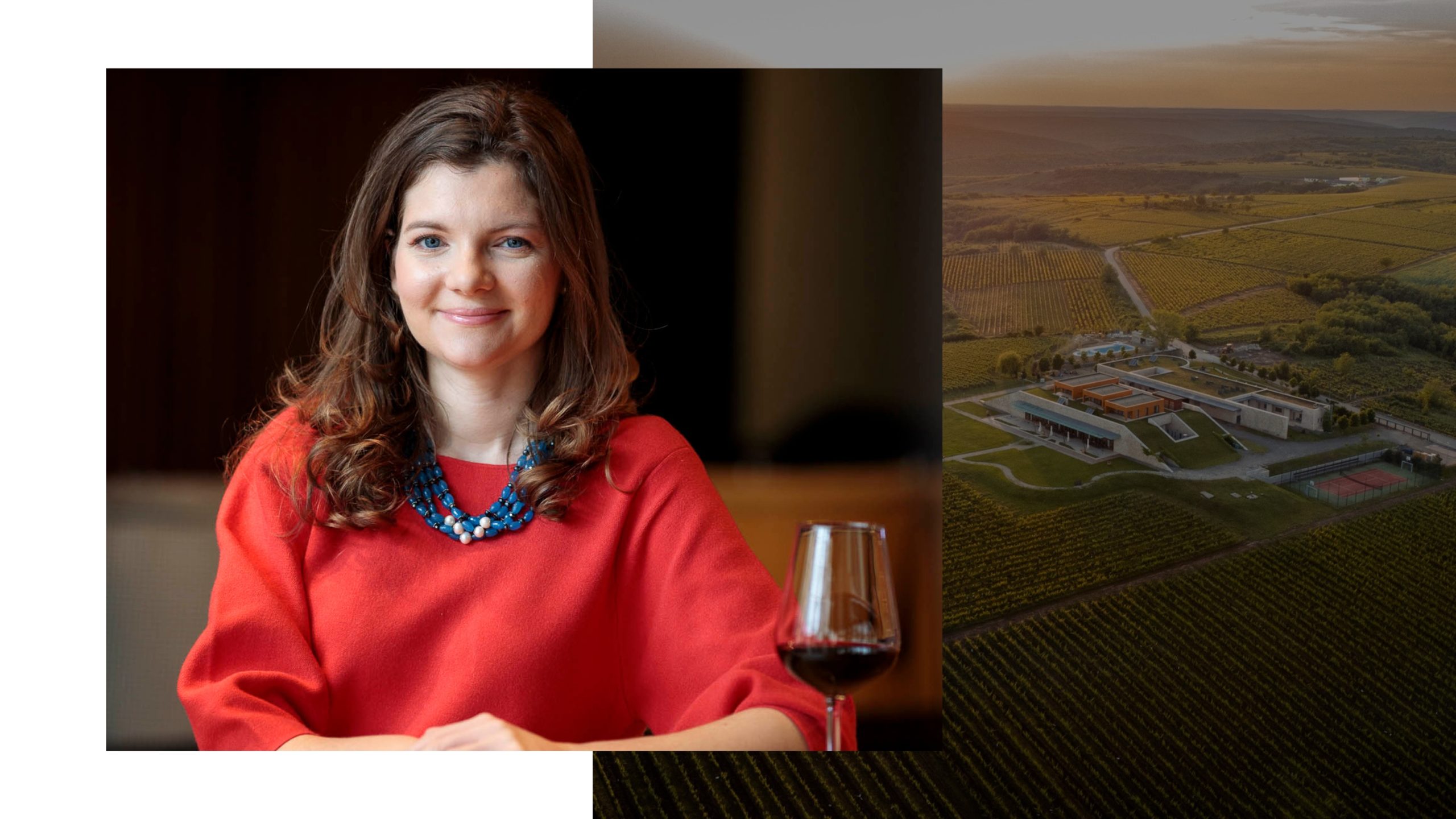"I’ll give you just a sip, nothing more." That’s what my mother told me during a New Year’s Eve dinner as she poured an almost invisible drop of wine into a glass placed temporarily in front of my plate. I was 14 years old and had never tasted wine before. However, I was familiar with this drink from the „Immortal Stories” series of the „Library for Everyone” printing house, where emperors, princes, or travelers from distant lands often found peace, inspiration, or rest while savoring this mysterious elixir.
My parents worked hard, and in the evenings, they would discuss the day’s challenges over a glass of wine. They never spoke to me specifically about wine, but I knew of its existence and understood that it had to be "a certain way" – not burning, but pleasant when enjoyed alongside good food.
"Why just a sip?" I asked, and my mother replied that I would surely like it, but it wasn’t the right time for me to drink more. I took the invisible drop from the glass and sipped it cautiously. The first impact of the alcohol shocked me, and I thought that people were incomprehensible – why would they put themselves through this when food only needed water as a companion? But after that initial taste shock, a sweet sensation of honey and ripe fruits crept in, a combination I had only experienced in my grandmother’s desserts.
"Is this what wine is like?" I asked my mother, amazed, wanting to take another sip.
"Not every wine. This is Tămâioasa," she replied.
Did the name of the wine come from the scent of incense that sanctifies souls in churches during Sunday services? Or from the "incensed heights" in Eminescu’s poetry, which my grandmother Mica used to read in her childhood, in the willow groves between the hills of Drăgășani, while waiting for the first must from the family vineyard?

Years later, after that first drop of Tămâioasă, when the vineyards of the Avincis winery bore fruit once more and my grandmother’s dream of seeing her family’s land restored to its former glory – nearly 100 years ago – had come true, I rediscovered this grape variety in a new dimension.
The Tămâioasa Românească I drink today is more complex; the classic fruit aromas, like peach and apricot, intertwine with exotic fruits like mango, all wrapped in a generous note of honey. I have no prejudices when it comes to this wine, because for me, it is less about tasting rules and far more about emotional landmarks.
A glass of Tămâioasă can serve as both an aperitif and a dessert (what other wine can do that – chosen at the beginning or the end of a meal while still preserving its aromatic richness?), but it is also a great companion for poultry or seafood. In truth, food is merely a pretext whenever I hold a glass of Tămâioasa Românească in my hand.
Perhaps this wine is, in fact, the invisible yet unbreakable thread that binds the generations of women in our family together. Inspired by her grandmother Amelia, the daughter of the first owners of the Vila Dobrușa estate, my mother named our first Tămâioasă Cuvée Amelie.
Amelia loved books and art, discipline and rigor in work, conversation and joy, and she would have done anything for her family. Her daughter, Emilia – my grandmother Mica – loved to laugh and joke, sharing in the joys and sorrows of others as if they were her own. She always had a dessert, a coffee, or a glass of wine ready for anyone who stepped into her home. In truth, she did everything for me.
And even though, later on, I sipped many more drops of wine – sometimes patiently, other times impatiently – even though I discovered many complex and challenging grape varieties, that first drop of Tămâioasă at 14 years old remained close to my soul like the childhood stories of princes, emperors, and travelers, like the art of conversation from my great-grandmother Amelia, like the memories shared with us by my grandmother Mica, with her lively laughter – immortal.
Wines of Romania note:
Considered an indigenous grape variety, Tămâioasa Românească has a long history in Romania. It belongs to the Muscat family and is genetically identical to Muscat à Petits Grains Blanc, however, its expression in Romania can undoubtedly be considered unique. It is a valuable, expressive, and versatile grape variety that can be used for both still and sparkling wines, ranging from dry to sweet styles, enjoyed fresh or aged for a long time.
About the author:
Divided between the world of law and the vineyard-covered hills of Drăgășani, Andreea Stoica is a co-owner and the second generation to intertwine her destiny with the Avincis winery. We invite you to discover her story in the Wines of Romania podcast episodes:
- Ep. #3 Wines Of Romania Podcast with Andreea Stoica – co-owner of the AVINCIS winery
- #Ep.60: Cristiana Irinel and Andreea Stoica, the energy and elegance behind Avincis Winery
"The Wine of My Youth" The Wine of Youth is a series of stories about the first wines that introduced us to this fascinating world – at the legal drinking age. Even if we no longer drink those wines today, or some no longer exist, they remain tied to some of the most captivating moments of our lives. After all, those years are, in many ways, the ones that shape us as individuals and define our values.
At Wines of Romania, we aim to rediscover these wines – and the values they represent – through your stories, retracing the journeys we’ve taken from then to now, both as people and as wine lovers.
Each week, we publish your stories here and celebrate nostalgia with a bottle of wine gifted to the most authentic contributors. Send us your story about your first steps into the world of wine and the variety you fell in love with – if you convince us, we’ll send you a bottle of wine to properly celebrate this memory. Who knows, it might even be THAT wine.
We invite you to share your story with us at info@winesofromania.com.







